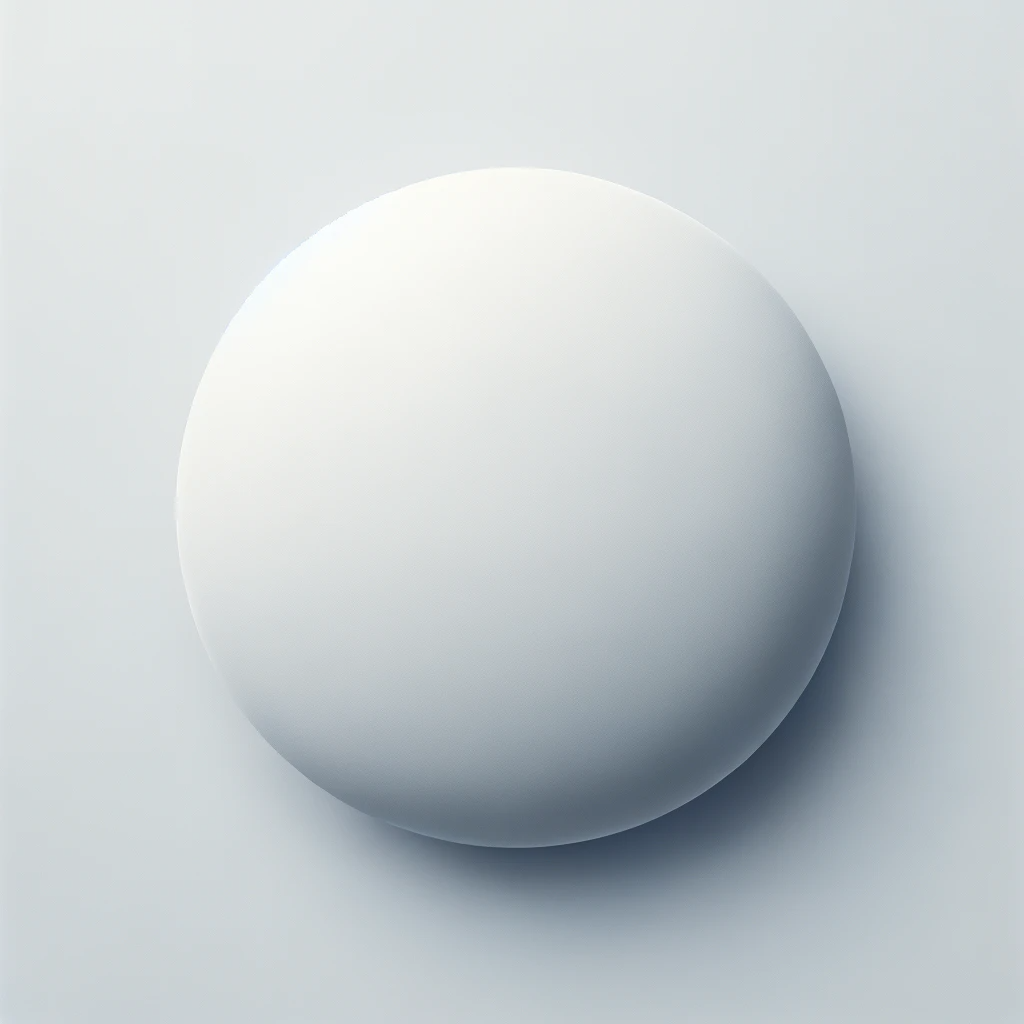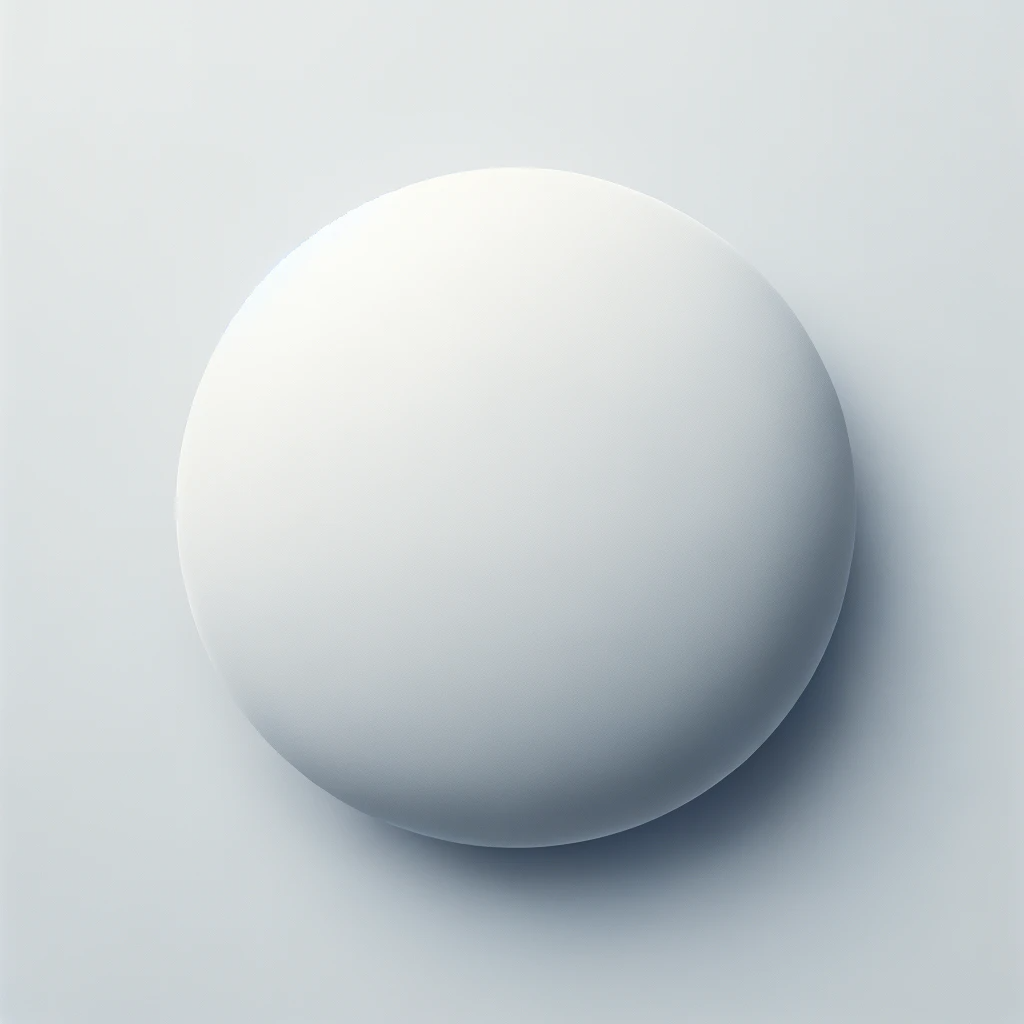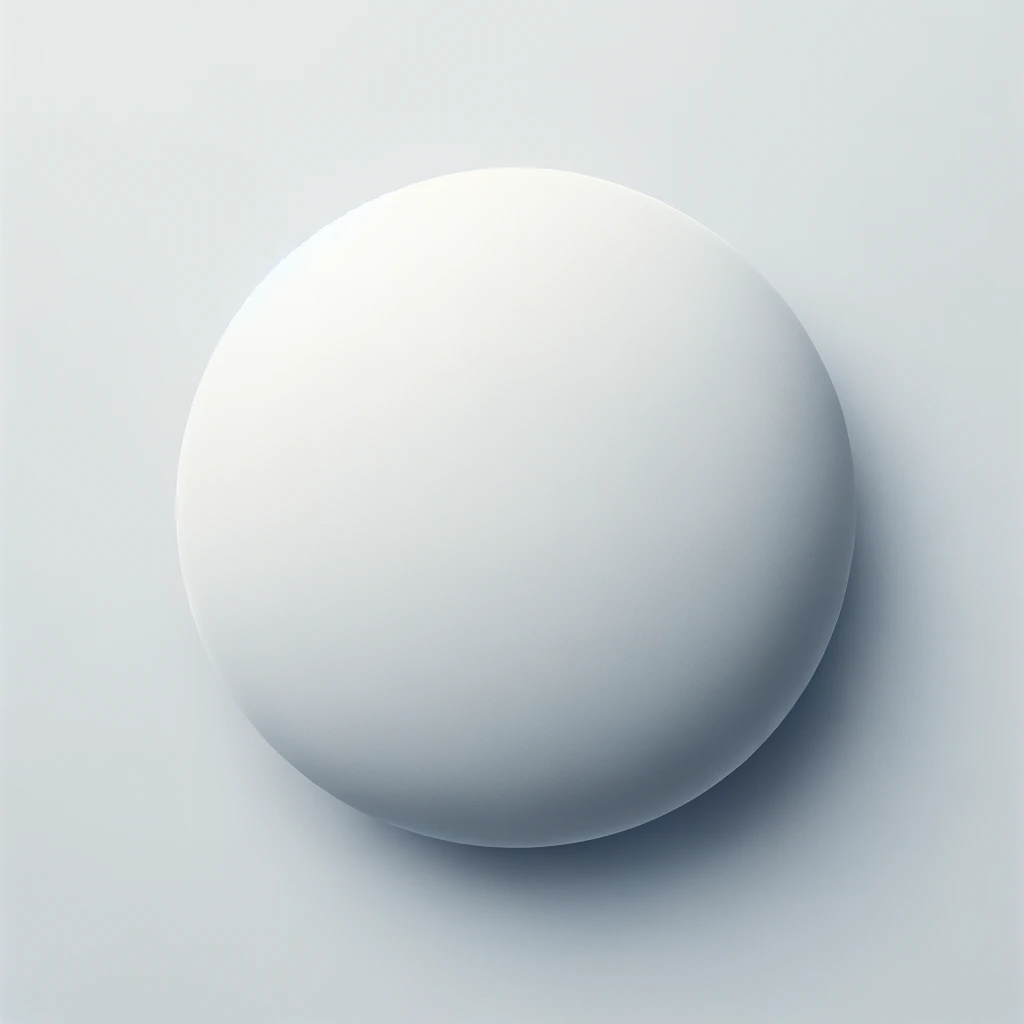How To Kansas last frost date: 9 Strategies That Work
Sep 21. Sep 24. Sep 27. Sep 30. Oct 2. Oct 5. Oct 9. Oct 13. Now that you know your frost dates, use our Garden Planting Calendar for Hays, KS to know when to sow and transplant your various vegetable plants!Frost Dates: First and last frost dates for Peru, Kansas. How to read these charts for the spring. As the growing season approaches, the days get longer, the weather begins to warm up, and the nights start being less cold. You're still getting frost, but the chance of nightly frosts gets less and less with each passing day. Eventually, the ...Here are the average last frost dates, average first frost dates, average days in the growing season, and USDA zone for several cities in the United States, Canada, and other parts of the world. United States. State and city Last frost First frost Days Zone. Alabama. Birmingham March 19 November 14 241 7B.You have a small 20% chance of getting 32° by September 20. There is a 50% chance of being hit by a 32° frost starting around September 28. You have a 80% chance of seeing 32° by October 6. Said another way, you have a 1 in 5 chance at making it to that day without a 32° night. In the Fall.Oct 7. Oct 10. Oct 13. Oct 16. Oct 20. Oct 24. Now that you know your frost dates, use our Garden Planting Calendar for Stanley, Kansas to know when to sow and transplant your various vegetable plants!As your growing season comes to an end, the nightly temperatures for Haysville, Kansas start to go down, and therefore every day that goes by increases the chance that you'll get frost. Your risk of frost really begins around October 8, and by November 7 you're almost certain to have received at least one frost event.As your growing season comes to an end, the nightly temperatures for Reserve, Kansas start to go down, and therefore every day that goes by increases the chance that you'll get frost. Your risk of frost really begins around September 24, and by October 19 you're almost certain to have received at least one frost event.A frost date is the average date of the last light freeze in spring or the first light freeze in fall. The classification of freeze temperatures is based on their effect on plants: Light freeze: 29° to 32°F (-1.7° to 0°C)—tender plants are killed. Moderate freeze: 25° to 28°F (-3.9° to -2.2°C)—widely destructive to most vegetation. A frost date is the average date of the last light freeze in spring or the first light freeze in fall. The classification of freeze temperatures is based on their effect on plants: Light freeze: 29° to 32°F (-1.7° to 0°C)—tender plants are killed. Moderate freeze: 25° to 28°F (-3.9° to -2.2°C)—widely destructive to most vegetation. You have a small 20% chance of getting 32° by October 2. There is a 50% chance of being hit by a 32° frost starting around October 11. You have a 80% chance of seeing 32° by October 20. Said another way, you have a 1 in 5 chance at making it to that day without a 32° night. In the Fall.As your growing season comes to an end, the nightly temperatures for Kansas, Oklahoma start to go down, and therefore every day that goes by increases the chance that you'll get frost. Your risk of frost really begins around October 16, and by November 7 you're almost certain to have received at least one frost event.A frost date is the average date of the last light freeze in spring or the first light freeze in fall. The classification of freeze temperatures is based on their effect on plants: Light freeze: 29° to 32°F (-1.7° to 0°C)—tender plants are killed. Moderate freeze: 25° to 28°F (-3.9° to -2.2°C)—widely destructive to most vegetation.A frost date is the average date of the last light freeze in spring or the first light freeze in fall. The classification of freeze temperatures is based on their effect on plants: Light freeze: 29° to 32°F (-1.7° to 0°C)—tender plants are killed. Moderate freeze: 25° to 28°F (-3.9° to -2.2°C)—widely destructive to most vegetation.A frost date is the average date of the last light freeze in spring or the first light freeze in fall. Light freeze: 29° to 32°F (-1.7° to 0°C)—tender plants are killed. Moderate freeze: 25° to 28°F (-3.9° to -2.2°C)—widely destructive to most vegetation. Severe freeze: 24°F (-4.4°C) and colder—heavy damage to most garden plants.You have a small 20% chance of getting 32° by October 17. There is a 50% chance of being hit by a 32° frost starting around October 27. You have a 80% chance of seeing 32° by November 6. Said another way, you have a 1 in 5 chance at making it to that day without a 32° night. In the Fall.A frost date is the average date of the last light freeze in spring or the first light freeze in fall. The classification of freeze temperatures is based on their effect on plants: Light freeze: 29° to 32°F (-1.7° to 0°C)—tender plants are killed. Moderate freeze: 25° to 28°F (-3.9° to -2.2°C)—widely destructive to most vegetation.On average, your last spring frost occurs on April 18 (at WICHITA, KS climate station, elevation 1335 feet). Crop Based on Frost Dates Based on Moon Dates; Start Seeds Indoors Plant Seedlings or Transplants Start Seeds Outdoors Last Date to Plant; Arugula: Feb 21-Mar 6 Feb 21-24: Mar 28-Apr 11 Apr 8-11: Mar 21-28 Mar 21-25: Sep 25: Asparagus: N ...You have a small 20% chance of getting 32° by October 6. There is a 50% chance of being hit by a 32° frost starting around October 17. You have a 80% chance of seeing 32° by October 29. Said another way, you have a 1 in 5 chance at making it to that day without a 32° night. In the Fall.A frost date is the average date of the last light freeze in spring or the first light freeze in fall. The classification of freeze temperatures is based on their effect on plants: Light freeze: 29° to 32°F (-1.7° to 0°C)—tender plants are killed. Moderate freeze: 25° to 28°F (-3.9° to -2.2°C)—widely destructive to most vegetation.A frost date is the average date of the last light freeze in spring or the first light freeze in fall. The classification of freeze temperatures is based on their effect on plants: Light freeze: 29° to 32°F (-1.7° to 0°C)—tender plants are killed. Moderate freeze: 25° to 28°F (-3.9° to -2.2°C)—widely destructive to most vegetation.A frost date is the average date of the last light freeze in spring or the first light freeze in fall.. The classification of freeze temperatures is based on their effect on plants: Light freeze: 29° to 32°F (-1.7° to 0°C)—tender plants are killed. Moderate freeze: 25° to 28°F (-3.9° to -2.2°C)—widely destructive to most vegetation. Severe freeze: 24°F (-4.4°C) and colder—heavy ...You have a small 20% chance of getting 32° by October 20. There is a 50% chance of being hit by a 32° frost starting around October 29. You have a 80% chance of seeing 32° by November 7. Said another way, you have a 1 in 5 chance at making it to that day without a 32° night. In the Fall.A frost date is the average date of the last light freeze in spring or the first light freeze in fall. The classification of freeze temperatures is based on their effect on plants: Light freeze: 29° to 32°F (-1.7° to 0°C)—tender plants are killed. Moderate freeze: 25° to 28°F (-3.9° to -2.2°C)—widely destructive to most vegetation.You have a small 20% chance of getting 32° by October 14. There is a 50% chance of being hit by a 32° frost starting around October 26. You have a 80% chance of seeing 32° by November 7. Said another way, you have a 1 in 5 chance at making it to that day without a 32° night. In the Fall.Frost Dates: First and last frost dates for Peru, Kansas. How to read these charts for the spring. As the growing season approaches, the days get longer, the weather begins to warm up, and the nights start being less cold. You're still getting frost, but the chance of nightly frosts gets less and less with each passing day. Eventually, the ...As your growing season comes to an end, the nightly temperatures for Elk City, Kansas start to go down, and therefore every day that goes by increases the chance that you'll get frost. Your risk of frost really begins around October 10, and by November 4 you're almost certain to have received at least one frost event.You have a small 20% chance of getting 32° by October 20. There is a 50% chance of being hit by a 32° frost starting around October 29. You have a 80% chance of seeing 32° by November 7. Said another way, you have a 1 in 5 chance at making it to that day without a 32° night. In the Fall.Oct 3. Oct 7. Oct 10. Oct 13. Oct 16. Oct 19. Oct 23. Oct 28. Now that you know your frost dates, use our Garden Planting Calendar for Wichita, Kansas to know when to sow and transplant your various vegetable plants!A frost date is the average date of the last light freeze in spring or the first light freeze in fall. The classification of freeze temperatures is based on their effect on plants: Light freeze: 29° to 32°F (-1.7° to 0°C)—tender plants are killed. Moderate freeze: 25° to 28°F (-3.9° to -2.2°C)—widely destructive to most vegetation.A frost date is the average date of the last light freeze in spring or the first light freeze in fall. The classification of freeze temperatures is based on their effect on plants: Light freeze: 29° to 32°F (-1.7° to 0°C)—tender plants are killed. Moderate freeze: 25° to 28°F (-3.9° to -2.2°C)—widely destructive to most vegetation.Choose your state and then locate the city nearest you, and it will show your average last spring (and first fall) frost dates, based upon weather data collected by the National Climatic Data ...General Overview of Local Spring Frost/Freeze Information: The mid-April through early-May time frame typically features the final occurrence of freezing temperatures and/or frost of the spring season within our 30-county coverage area of south central Nebraska and north central Kansas. Based on 30-year averages, the date of the AVERAGE last spring freeze (32°-or-colder) ranges from around ...Jan 12, 2024 ... Knowing your last frost date is an important tool when it comes to the garden. Some plants like to be planted in cooler temperatures while ...Enter your zip code or postal code above. The 2024 gardening calendar tells you the ideal times WHEN TO PLANT vegetables, fruit, and herbs in your area. The chart lists: While you don't have to plant the very first date available, you don't want to wait too long, or you won't get your crops matured and harvested before the first fall/winter frost.Cream cheese frosting is a versatile and delicious topping that can take any dessert to the next level. Before we dive into the best cream cheese frosting recipes, it’s important t...Weather Weather sub-navigation. 5-Day Forecast; Long-Range Forecast; Spring Forecast 2024; Frost Dates; Weather History; Gardening Gardening sub-navigation. Garden Planner; Planting Dates Chart; Robin's Garden Blog A frost date is the average date of the last light freeze in spring or the first light freeze in fall. The classification of freeze temperatures is based on their effect on plants: Light freeze: 29° to 32°F (-1.7° to 0°C)—tender plants are killed. Moderate freeze: 25° to 28°F (-3.9° to -2.2°C)—widely destructive to most vegetation. Detailed planting and seed starting guides specifically made for Kansas based on USDA zone date and last frost date. A frost date is the average date of the last light freeze in spring or the first light freeze in fall. The classification of freeze temperatures is based on their effect on plants: Light freeze: 29° to 32°F (-1.7° to 0°C)—tender plants are killed. Moderate freeze: 25° to 28°F (-3.9° to -2.2°C)—widely destructive to most vegetation.Planting Guides for Kansas. This is your list of cities in Kansas. Kansas has a range of climates spanning from as cold as Zone 5b to as warm as Zone 6b. If the city you are looking for is not in this list you can view the zone map for Kansas to get a good idea of the zones in your area, and then click on one of the zone links below.A frost date is the average date of the last light freeze in spring or the first light freeze in fall. The classification of freeze temperatures is based on their effect on plants: Light freeze: 29° to 32°F (-1.7° to 0°C)—tender plants are killed. Moderate freeze: 25° to 28°F (-3.9° to -2.2°C)—widely destructive to most vegetation.Oct 3. Oct 7. Oct 10. Oct 13. Oct 16. Oct 19. Oct 23. Oct 28. Now that you know your frost dates, use our Garden Planting Calendar for Wichita Mid-continent, KS to know when to sow and transplant your various vegetable plants!The days in between equal the length of your frost-free growing season. For example, in the illustration above, the town of Adel has a 50% probability of a freeze happening on June 6 and September 17. That means the average last frost is June 6 and the average first frost is September 17, giving me an approximate 102-day growing …A frost date is the average date of the last light freeze in spring or the first light freeze in fall. The classification of freeze temperatures is based on their effect on plants: Light freeze: 29° to 32°F (-1.7° to 0°C)—tender plants are killed. Moderate freeze: 25° to 28°F (-3.9° to -2.2°C)—widely destructive to most vegetation.You have a small 20% chance of getting 32° by October 6. There is a 50% chance of being hit by a 32° frost starting around October 17. You have a 80% chance of seeing 32° by October 29. Said another way, you have a 1 in 5 chance at making it to that day without a 32° night. In the Fall.A frost date is the average date of the last light freeze in spring or the first light freeze in fall. The classification of freeze temperatures is based on their effect on plants: Light freeze: 29° to 32°F (-1.7° to 0°C)—tender plants are killed. Moderate freeze: 25° to 28°F (-3.9° to -2.2°C)—widely destructive to most vegetation.These dates can vary year by year, usually within about a two-week window. City, State. First Fall Frost Date. Last Spring Frost Date. Atlanta, GA. November 18. March 17.A frost date is the average date of the last light freeze in spring or the first light freeze in fall. The classification of freeze temperatures is based on their effect on plants: Light freeze: 29° to 32°F (-1.7° to 0°C)—tender plants are killed. Moderate freeze: 25° to 28°F (-3.9° to -2.2°C)—widely destructive to most vegetation. As your growing season comes to an end, the nightly tYou have a small 20% chance of getting 32° by September 27. There As your growing season comes to an end, the nightly temperatures for Haysville, Kansas start to go down, and therefore every day that goes by increases the chance that you'll get frost. Your risk of frost really begins around October 8, and by November 7 you're almost certain to have received at least one frost event.A frost date is the average date of the last light freeze in spring or the first light freeze in fall. The classification of freeze temperatures is based on their effect on plants: Light freeze: 29° to 32°F (-1.7° to 0°C)—tender plants are killed. Moderate freeze: 25° to 28°F (-3.9° to -2.2°C)—widely destructive to most vegetation. A frost date is the average date of the last You have a small 20% chance of getting 32° by October 14. There is a 50% chance of being hit by a 32° frost starting around October 26. You have a 80% chance of seeing 32° by November 7. Said another way, you have a 1 in 5 chance at making it to that day without a 32° night. In the Fall. As your growing season comes to an end, the nightly temperature...
Continue Reading





